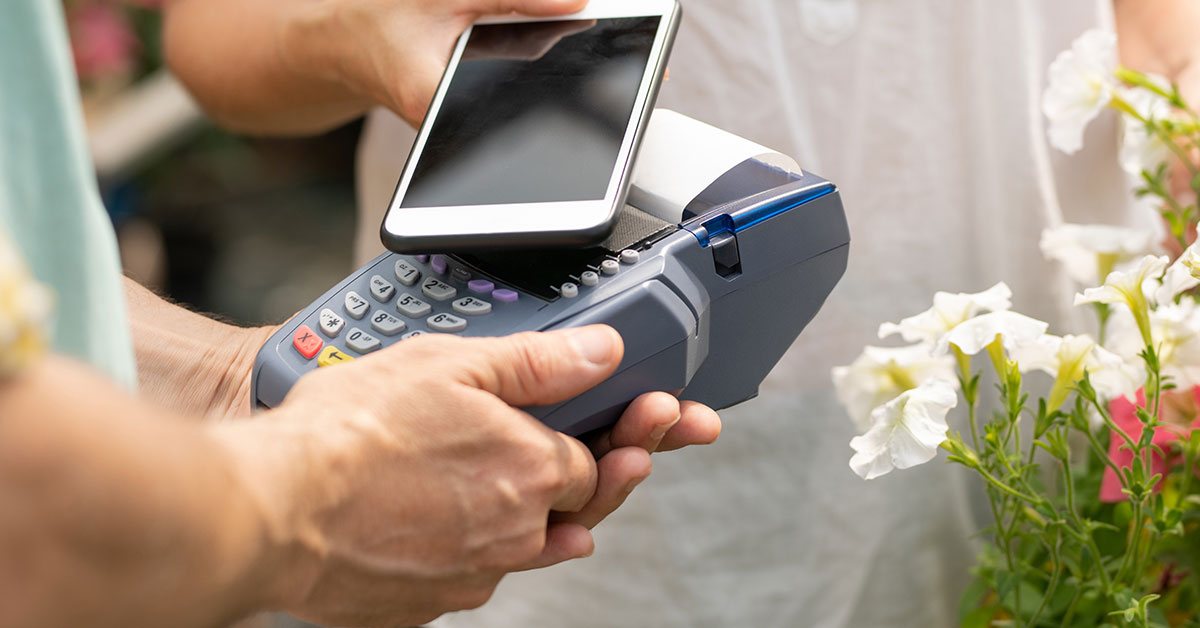News reports & important information on POS Hardware and POS.
Restaurants were among the industries hit hardest by the COVID pandemic, losing $130 billion in sales between March and December in 2020, and seeing 2.1 million jobs disappear by December. While many of the 110,000 restaurants that were forced by the pandemic to close have reopened or will do so eventually, many others are gone for good.
Here’s the good news: The outlook for restaurants is looking up—way up.
There is an unprecedented level of demand for eating out. A survey conducted by the National Restaurant Association found that 83 percent of adults are not dining at restaurants as often as they would like, and among baby boomers the number is 90 percent. In addition, 60 percent of adults state that restaurants are an essential part of their lifestyles.

If you’ve been harboring dreams of starting your own restaurant, there may never be a better time than right now. Turning your restaurant vision into reality requires a great deal of planning and forethought. This restaurant startup checklist will help to get your enterprise off on the right foot and ideally increase the chances that your career as a restaurateur will be long and fulfilling.
The Restaurant Planning Stage: 3 to 6 Months Before Opening
Every business starts with a vision, but no business gets off the ground without a rock-solid plan that sets out the path to translate your vision into reality. These are the steps that lay the foundation for your restaurant’s future success.
Step One: Conduct a Feasibility Study and Write a Concept Development Plan
You’ve got a restaurant idea that you love, but will the market love it, too? A feasibility study will tell you the project’s potential for success based on the service style, target market, location, size, and types of food and beverages to be served.
Who are your competitors (if any) in the market?How will your restaurant differentiate itself?What challenges and threats will your restaurant have to deal with?
Once the feasibility study is complete, you’re ready to develop your concept plan and business plan. Your restaurant’s concept has to be scalable, profitable, memorable, consistent, and sustainable, beginning with the cuisine but including your brand message, mission, and cultural statement.

By contrast, the restaurant business plan focuses on devising your budget for startup costs and ongoing expenses. The core features of a modern cloud-based POS system address every aspect of your business plan: from marketing and sales analysis to managing inventory, employees, and customer relations.
Step Two: Perform a Competitive Analysis and Select a Location
One of the biggest mistakes startup restaurants make is underestimating the competition. You may think you’ve got a novel restaurant idea that the public will love, but it’s almost certain there will be established eateries with loyal customers wherever you locate your business.
The quandary is that the sites with the most foot traffic also tend to have the highest rents. Aspects to consider when choosing a location include visibility, parking, kitchen and dining room size, whether the building is up to code, and whether there are other successful businesses nearby.
Step Three: Find Investment Partners and/or Lenders
Nothing impresses a bank or other potential source of business funds like a complete and well-conceived business plan. Potential investors or lenders will want to know about the equipment you’ll be purchasing, your expenses for labor and materials, and the amount of revenue you expect to generate from the business.
The Restaurant Building Stage: 1 to 3 Months Before Opening
With a theme, a location, and funding in place, you’re ready to bring your restaurant to life by crafting your menu, staffing up, and last but not least, shopping for the equipment that will knit all the pieces together.
Step Four: Create Your Menu

Nothing communicates more to your restaurant’s customers than your menu, so make an extra effort to craft one that your market can’t resist. Factors that help determine the scope and characteristics of your menu items are the size of your kitchen, the availability of ingredients, and your supply chain. Other considerations include the plating and glassware, the seasonality of your offerings, and running a test kitchen to determine which menu items need some tweaking.
Step Five: Hire and Train Staff
One of the trickiest aspects of running a restaurant for many owners and managers is finding and training your servers and other employees. Staffing is especially crucial for small restaurants whose employees often take on a variety of roles in the course of a given work shift. Your POS system can remove much of the pain from restaurant staff training by automating many work processes and making it easy for employees to access the features and information they need to do their job.
Step Six: Purchase Equipment
There’s much more to assembling the physical components of a restaurant than tables, chairs, ovens, and deep fryers. Today’s restaurants rely on a fully integrated POS system as the network that ties all of their systems and processes together. In addition to keeping the business functioning smoothly from day to day, the POS system collects and analyzes data that helps you gauge the effectiveness of marketing, the preferences of customers, and the productivity of employees.
Step Seven: Begin to Implement Your Marketing Plan
Planning for your restaurant launch begins at least 30 days prior to the opening by building buzz in the neighborhood and among your target diners. Have a social media presence in place in addition to advertising locally. Create a marketing budget, identify your target audience, and find creative ways to get your brand in front of as many eyeballs as possible.
The Restaurant Opening Stage: Day 1 and Beyond
With your staff and equipment in place, your startup financing addressed, and your marketing plan in motion, it’s time to prepare for your big opening splash. While it’s great to expect a throng to pile through the door that first day, be ready to provide them with the experience that will keep them coming back for more.
Step Eight: Plan a Soft Opening

Your restaurant’s pre-opening may be as important as the real thing because it gives you a chance to work out the inevitable glitches in your operation before they can do much damage. Most restaurant soft openings are attended by friends, family, and associates who are treated to dinner as a way to thank them for their support. The pre-opening serves as a dress rehearsal for staff prior to serving “live” customers. It also helps the kitchen prepare for what you hope will be a rush of orders.
Step Nine: Kick Your Marketing Efforts into High Gear
You’ve built some buzz for your new restaurant through your pre-opening marketing strategy, but on the big day, your advertising and brand promotion go full throttle. Winning approaches to restaurant marketing include sharing your passion with your potential customers, becoming a part of the neighborhood, and highlighting everything that’s new and unique about your restaurant. It’s important to make dining at your restaurant an experience rather than just another meal. Use your website and mobile app to extend the reach of your restaurant promotion and spread your brand as widely as possible.
Step Ten: Make Opening Day an Event to Remember
Turn your grand opening into a neighborhood event by sending invitations to members of the community, whether via text and email or by distributing flyers. Add some live entertainment to attract a crowd, and offer discounts and incentives to your first-day customers. Other ideas include partnering with a charity to share some of the proceeds of first-day sales in exchange for the positive publicity, offering free samples, and asking local influencers and the press to participate.
You only get one chance to have a successful restaurant opening, so take the time and make the effort to prepare for an opening that wows your customers and sets the tone for your future growth. Finding the perfect POS for your restaurant’s unique needs is one of the most important steps in the startup process.
When you partner with talech for your retail technology needs, we devote our time to identify your business challenges. We use this information to work with you to apply an innovative POS solution that levels the playing field.

This article was first published here.
I hope that you found the post above useful or interesting. You can find similar content on our main site: enterprisepointofsale.com
Please let me have your feedback below in the comments section. Let us know which subjects we should cover for you next.
